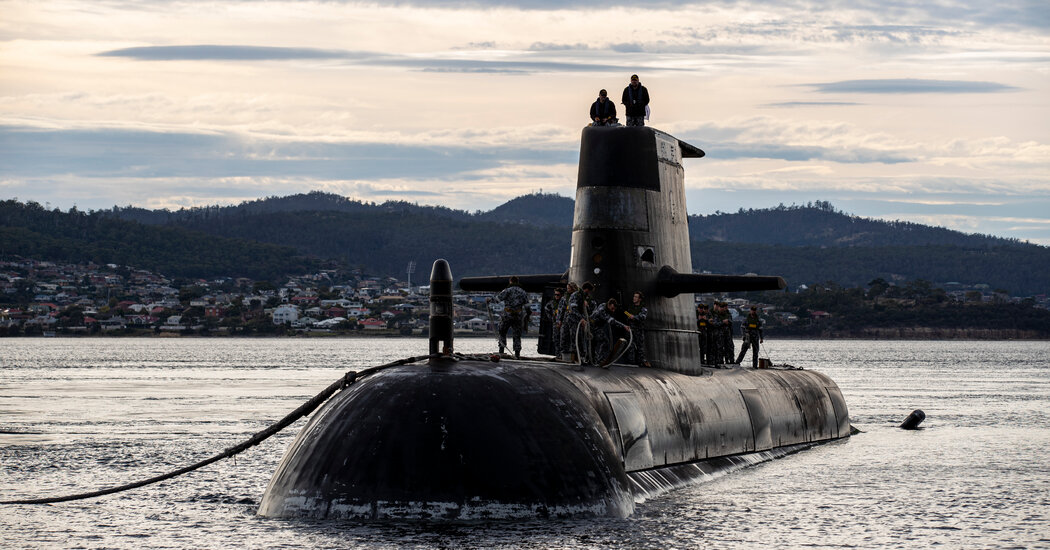Positioning the tough-to-track submarines nearer to seas in close proximity to China, Japan and the Korean Peninsula could be a impressive deterrent against China’s military, explained Drew Thompson, a previous Pentagon formal accountable for relations with China.
“The Center East wars have finished,” reported Mr. Thompson, now a visiting senior analysis fellow at the National University of Singapore. “We are in an interwar period, and the following one particular will be a high-finish, higher-depth conflict with a in the vicinity of-peer competitor, almost certainly involving China, and most most likely in northeast Asia.”
Soon after condemning the submarine agreement past 7 days, the Chinese federal government has reported very little else. But China’s leaders and navy planners are certain to think about military services and diplomatic countermoves, together with new means to punish Australian exports, currently strike by bans and punitive tariffs as relations soured in the past few yrs.
Beijing can also speed up endeavours to produce technologies for discovering and destroying nuclear-driven submarines nicely ahead of Australia receives them. Most professionals reported a technological race was much more possible than a generalized arms race. China’s output of new naval ships and fighter planes is already speedy. Its anti-submarine technological innovation is significantly less innovative.
Nearer phrase, Chinese officials may well move up endeavours to marshal regional opposition to the submarine plan and the new stability grouping, called AUKUS, for Australia, United Kingdom and United States.
“If you’re China, this also would make you believe, ‘Well, I improved get forward of this,’” reported Elbridge Colby, a former deputy assistant secretary of protection in the Trump administration. He explained: “If Australia normally takes this massive move, then Japan could take a 50 % step, and Taiwan can take a 50 % phase, and then India and then probably Vietnam.”
